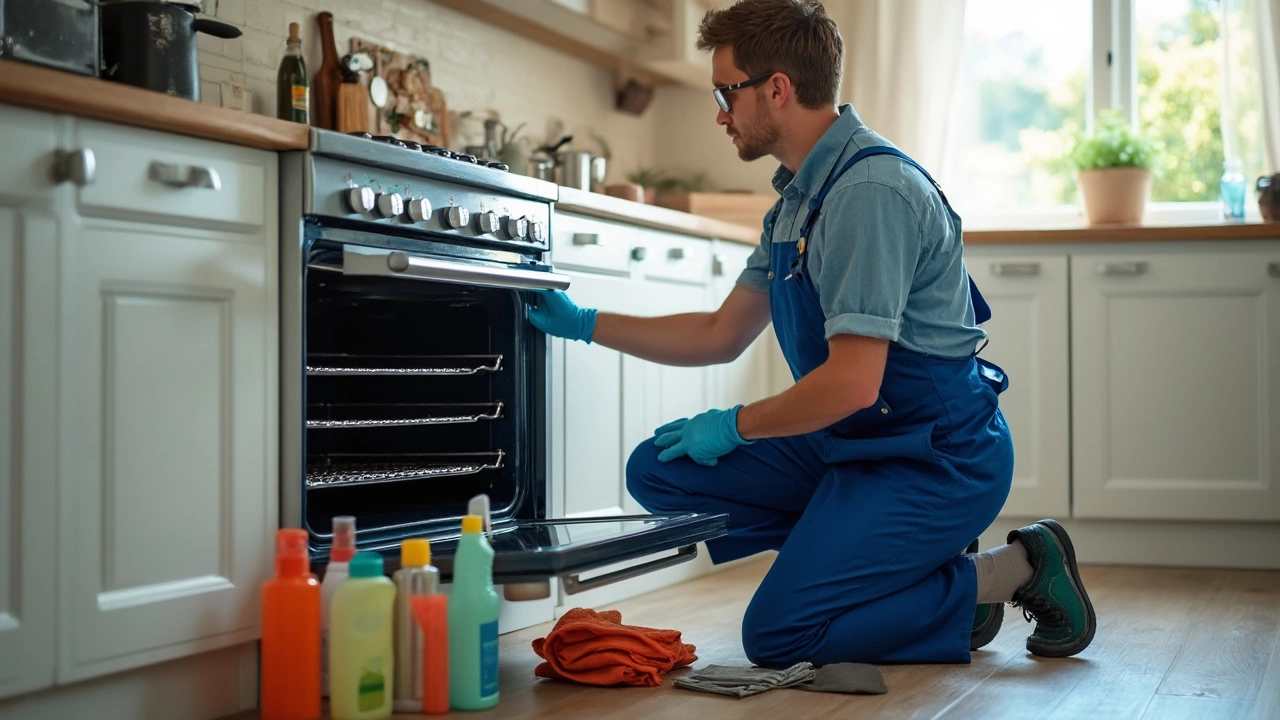Cleaning Tools You Need for a Spotless Home
Ever wonder why some rooms stay clean longer while others never look right? It often comes down to the tools you use. The right mop, brush, or vacuum can cut cleaning time in half and give better results. In this guide we’ll break down the basics—what to buy, how to use each item, and simple tips to keep them working like new.
Everyroom Essentials: The Core Toolkit
Start with a small core set that tackles most surfaces. A microfiber cloth is a must; it lifts dust without leaving streaks and can be washed again and again. Pair it with a good all‑purpose spray (or a DIY mix of water and a few drops of vinegar) for quick wipe‑downs. For floors, a flat‑head mop with a removable, washable head works on tile, laminate, and hardwood alike. A lightweight vacuum with a HEPA filter handles crumbs, pet hair, and allergens without blowing dust around.
Don’t forget a scrub brush with stiff bristles for grout, a soft‑sponged sponge for delicate surfaces, and a handheld squeegee for windows and shower doors. These six items cover kitchen spills, bathroom grime, living‑room dust, and more. Keep them in a portable caddy so you can grab the whole kit in seconds.
Specialized Tools That Make a Difference
If you have pets, a rubber‑broom picks up hair better than a traditional straw broom. For stubborn oven grease, a silicone scraper avoids scratching the glass while scraping off baked‑on residue. When tackling high‑traffic floors, a steam mop sanitises without chemicals, killing germs that a regular mop might miss.
For upholstery, an upholstery brush with soft, natural bristles lifts dirt without tearing fabric. A handheld vacuum with a narrow nozzle reaches tight crevices in car seats or between couch cushions. And if you’re into DIY cleaning, a small squeeze bottle lets you pre‑mix solutions and spray directly onto the spot that needs attention.
Maintenance is just as important as purchase. Rinse cloths after each use, wash mop heads weekly, and empty vacuum bags or clean filters regularly. A clogged filter reduces suction and can spread dust back into the air. Store brushes and sponges in a dry area to prevent mildew.
Now that you know what to look for, here’s a quick buying checklist: 1) Choose microfiber over cotton for cloths; 2) Pick a vacuum with adjustable height settings; 3) Opt for a mop with a bucket that spins out water without excess splashing; 4) Look for tools with ergonomic handles to reduce strain; 5) Verify that any chemical‑free options are truly safe for the surfaces you’ll clean.
Putting these tools together creates a cleaning system that’s fast, affordable, and eco‑friendly. You’ll spend less time scrubbing and more time enjoying a fresh space. Keep the kit handy, replace worn parts when needed, and watch your home stay cleaner for longer.

Best Ways to Clean Outside Windows: Simple Techniques That Work
Cleaning outside windows can feel like a hassle, but it doesn't have to be. This article breaks down different methods and tools that actually make cleaning exterior glass easier and faster. You'll find simple routines, clever homemade solutions, and some smart safety tips. Anyone can get pro-level clarity without fancy gadgets. Get ready for the easiest outside window shine yet.
Read More
Oven Cleaning: What Professionals Use to Get Results
Curious about how pros get ovens sparkling clean? This article digs into the actual products, tools, and tricks that professional oven cleaners rely on. Find out what really works for stubborn grease, tough grime, and burnt-on spills. Whether you're thinking of doing it yourself or just want insider knowledge, these facts and tips will make kitchen cleaning way less of a headache. No fluff—just straight-up advice and simple explanations.
Read More